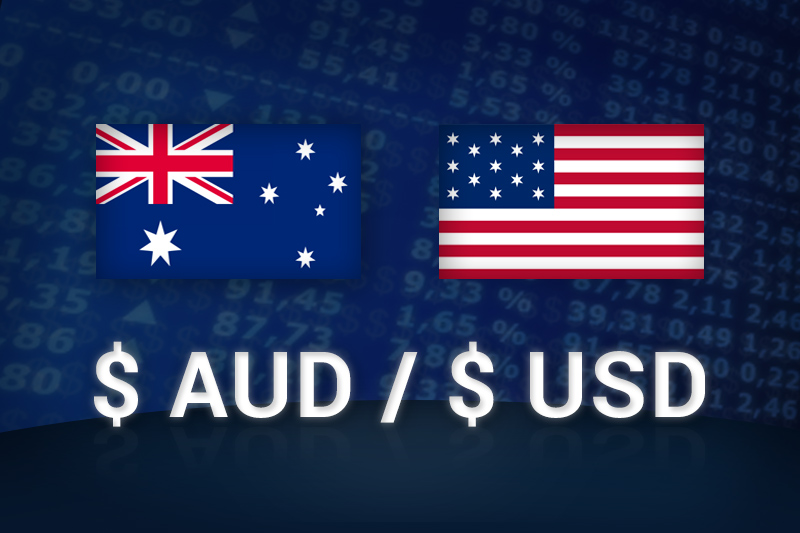Investing.com - The Australian dollar edged higher against its U.S. counterpart on Thursday, but remained within striking distance of a six-month low as sustained concerns over Greece’s financial turmoil and the handling of the euro zone’s debt crisis persisted.
AUD/USD hit 0.9770 during late Asian trade, the session high; the pair subsequently consolidated at 0.9773, edging up 0.28%.
The pair was likely to find support at 0.9688, Wednesday’s low and a six-month low and resistance at 0.9855, the high of November 23.
The risk-related Aussie remained under pressure after Wednesday’s informal summit of European Union leaders shed no new light on how the euro zone nations intend to tackle their debt crisis, including the threat of Greece's possible exit from the monetary union.
EU leaders did urge Greece to pursue austerity measures, however, and complete the reforms demanded under its bailout program.
The leaders also failed to agree on the introduction of euro bonds, an initiative defended by new French President Francois Hollande but that Germany continues to reject, arguing that it would lessen pressure for heavily indebted countries to get their finances in order.
Elsewhere, preliminary data showed that China’s manufacturing activity may shrink for a seventh consecutive month in May, adding to speculation that the government may implement fresh stimulus measures to support growth.
China is Australia’s biggest export partner.
Elsewhere, the Aussie was lower against the New Zealand dollar with AUD/NZD declining 0.12%, to hit 1.2974.
Also Thursday, official data showed that the New Zealand’s trade surplus widened less-than-expected in April, rising to NZD355 million from NZD186 million the previous month. Analysts had expected the trade surplus to widen to NZD445 million in April.
Later in the day, the U.S. was to release official data on core durable goods orders and unemployment claims, followed by a preliminary report on manufacturing activity.
AUD/USD hit 0.9770 during late Asian trade, the session high; the pair subsequently consolidated at 0.9773, edging up 0.28%.
The pair was likely to find support at 0.9688, Wednesday’s low and a six-month low and resistance at 0.9855, the high of November 23.
The risk-related Aussie remained under pressure after Wednesday’s informal summit of European Union leaders shed no new light on how the euro zone nations intend to tackle their debt crisis, including the threat of Greece's possible exit from the monetary union.
EU leaders did urge Greece to pursue austerity measures, however, and complete the reforms demanded under its bailout program.
The leaders also failed to agree on the introduction of euro bonds, an initiative defended by new French President Francois Hollande but that Germany continues to reject, arguing that it would lessen pressure for heavily indebted countries to get their finances in order.
Elsewhere, preliminary data showed that China’s manufacturing activity may shrink for a seventh consecutive month in May, adding to speculation that the government may implement fresh stimulus measures to support growth.
China is Australia’s biggest export partner.
Elsewhere, the Aussie was lower against the New Zealand dollar with AUD/NZD declining 0.12%, to hit 1.2974.
Also Thursday, official data showed that the New Zealand’s trade surplus widened less-than-expected in April, rising to NZD355 million from NZD186 million the previous month. Analysts had expected the trade surplus to widen to NZD445 million in April.
Later in the day, the U.S. was to release official data on core durable goods orders and unemployment claims, followed by a preliminary report on manufacturing activity.
